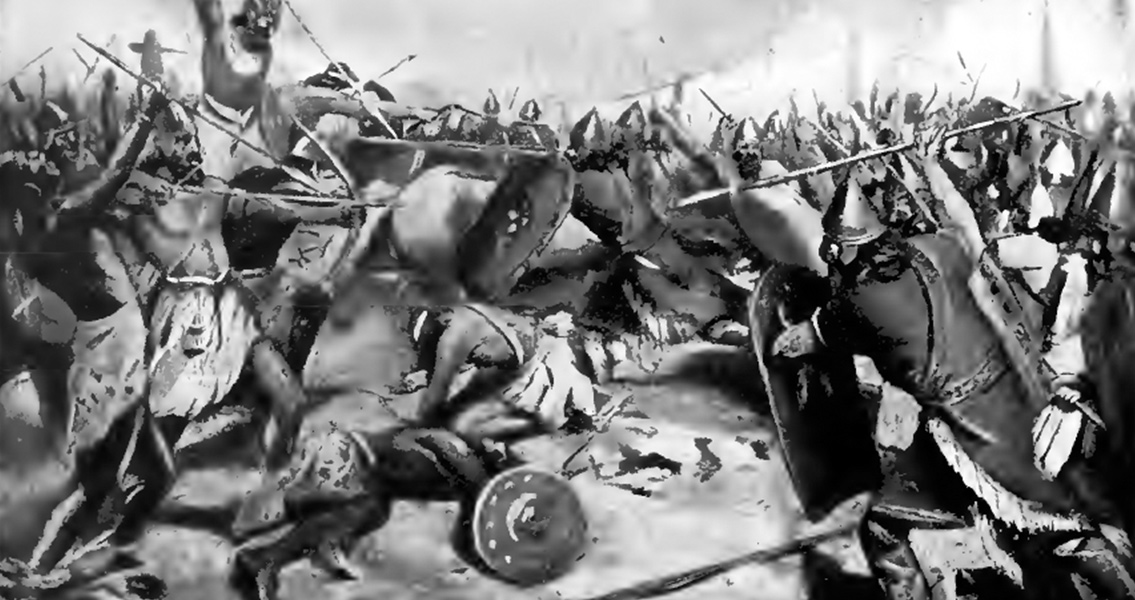<![CDATA[A group of archaeologists has found a host of interesting artefacts in the 5,000 year old ancient city of Karkemish, near the Turkish-Syrian border. The site is located close to the city of Jarablous, an area under the control of the terrorist group ISIS. Nevertheless, the group of archaeologists, led by University of Bologna professor Nicolo Marchetti, is hoping to open a tourist attraction there by the latter stages of Spring 2015. About a century ago, Karkemish was discovered by the famous adventurer Lawrence of Arabia. Investigations at the site were stopped due to the outbreak of World War I, and again by a conflict between French colonisers and Turkish nationalists. The city was covered in landmines after these years of conflict, halting excavations for another sixty years. In 2011, Turkish troops finally allowed researchers back on the site, nearly ninety years after its discovery. The project involves Marchetti, as well as teams from Gaziantep University and Istanbul University. Karkemish was a very important city in ancient times, and the site of the major battle between the Babylonians and the Egyptians mentioned in Jeremiah 46:2. The area was a part of several empires, including the Mitannis, the Hittites, and the Assyrians. The name Karkemish means Quay of Kamis. Kamis was one of the major deities in northern Syria around the time was city founded. Now in their fourth season working at the site, Marchetti and his team have found many interesting artefacts and features, including hieroglyphics, sculptures, and walls reaching 20 metres high. Earlier this year, the researchers found five large orthostatic sculptures in the palace of King Katuwa, who ruled the area in 900 BCE. These sculptures were made of limestone and basalt, and portrayed several individuals offering gazelles as gifts. The team have also found a mosaic floor in the palace of Sargon II, who ruled over Assyria in the eighth century BC. Most recently, the archaeologists have finished examining the ruins of the expedition house Lawrence of Arabia worked from, between 1911 and 1914. The archaeologists face plenty of challenges in this volatile location, and often hear US military aircraft buzzing by overhead. They plan to build a four metre high concrete barrier around the site, with the aim of protecting tourists when they arrive in 2015. The team itself is protected by more than 500 Turkish soldiers, tanks and artillery. This is why they are not concerned at working in such a heavily militarised area. Unfortunately, even if tourists do visit Karkemish for its planned opening next year, over one-third of the 90 hectare site will be off limits to visitors, as it is situated in Syria. Most of the discoveries over the years have been made on the Turkish side of the ancient city. Even if things do open up in the future on the Syrian side, construction and farming in Jarablous has destroyed much of the ancient city.]]>
Archaeologists Face Peril Near ISIS-Controlled Area
